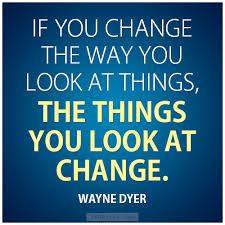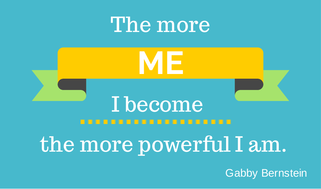Diabetes & The Victim Mentality
Scanning the diabetes related forums I’m active in, there are a few commonalities.
Supportive members. Great discussions. Awesome tips and tricks to manage everyday life with diabetes.
But there is another one – a more negative one.
That is the fact that there’s a lot of victim mentality within the diabetes community (and, I’m sure in other chronic illness communities as well, but I don’t know those well enough to comment).
Post like this one are pretty common: “I just can’t handle diabetes anymore, I’m always feeling bad and my mood is always so low!” Or this one: “I’m feeling trapped. I’m trying to feel up beat and strong and focused, but I’m falling apart.”
And, yes, every single person, diabetic or not, does this from time to time.
YES, clearly and of course diabetes is a tremendously difficult partner to have by your side at all times. And handling it 24/7, 365 days a year, year after year is a challenge to say the least.
All the higher powers (no one mentioned, no one forgotten) know that handling diabetes is never easy. No matter how well you’ve learned to tame it or not, it never gets easy.
But, and trust me on this one, it won’t go away just because you can’t take it anymore. It will come back, and it will bite your butt even harder the next time.
At this point, the only thing that can change is your attitude.

Awesome quote by Wayne Dyer
Let me be frank with you here for a second. To some extent, it’s always a choice – you choose to be a victim.
It’s so much easier to just complain about your situation, rather than doing something about it. And I really get that. I do.
But it doesn’t change anything. Diabetes will still be there when you’ve (conveniently) “forgotten” about it for a while (hours, days, weeks…). So why not do something about it, instead of complaining and whining about what you can or are willing to do?
Here are 5 tips on how to get past Victimville (or at least a first step out of there):
- What is the one diabetes related thing I can make easier for myself?
Can you have an alarm on for checking your blood sugar, if you tend to forget? Or, is there an app for recording your values, instead of using pen and paper?
- What is the one big diabetes thing that you keep screwing up?
Is it preparing healthy meals, and resorting to take outs a little too often? Forgetting that night time basal shot? How can you work on this?
- Is your self-care more of a challenge when you’re not at home?
Lack of exercise while on vacation? Not sticking to your routine? What can you do to maintain all the hard work you put into your care whilst being away?
- Identify hurdles before they appear!
- Focus more of your energy on what’s working in your self-care, and not on what isn’t.
Again, a shift of energy might just work little wonders on your motivation. Are you really good at remembering to check your blood sugar? But perhaps not so good to change your pump site on time? Focus on checking that blood sugar, and the rest will come.
You’re stronger than you think. One of my favorite quotes of all time is:
“You never realize how strong you are, until being strong is the only choice you have.”
Remember this. Yes, because of your illness you may have to be stronger than others, and than the people around you. But that is a great thing!
Diabetes teaches you a lot of things as well; it’s not only a curse. It teaches you discipline. Humility. Being a winner. Being a loser. Maths (forget calculus, this is the real deal). Time management. Budgeting. Tech knowledge. It teaches you to power on, even if you think you can’t do it anymore. It allows you to get to know yourself on a completely different level than most. Amongst other things, of course.
If you want to feel the best that you can, you have to work with your body instead of against it. No matter what you may or may not have.
When do you slip into a victim mode?










